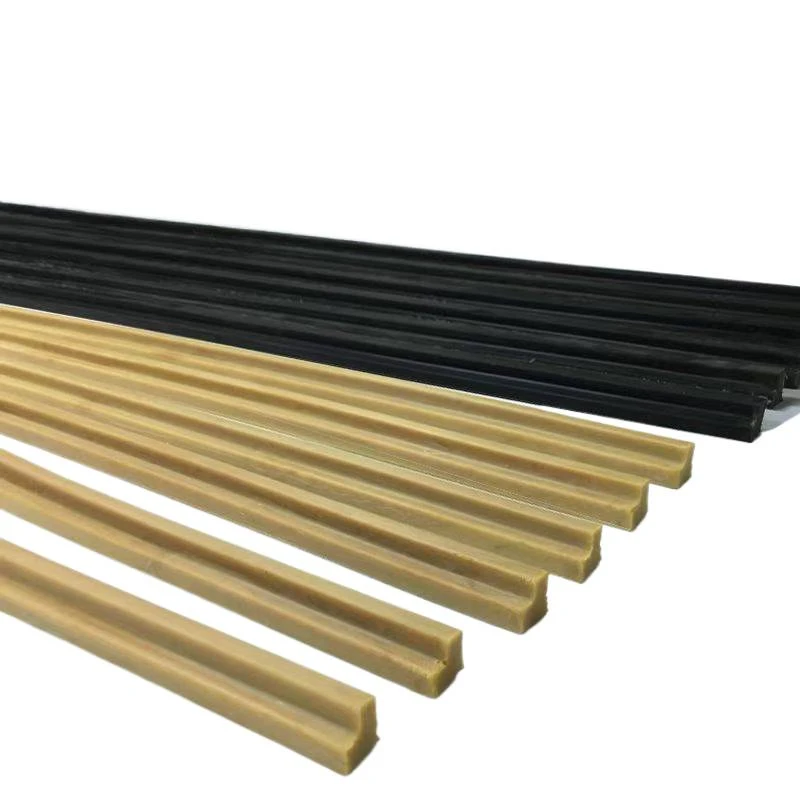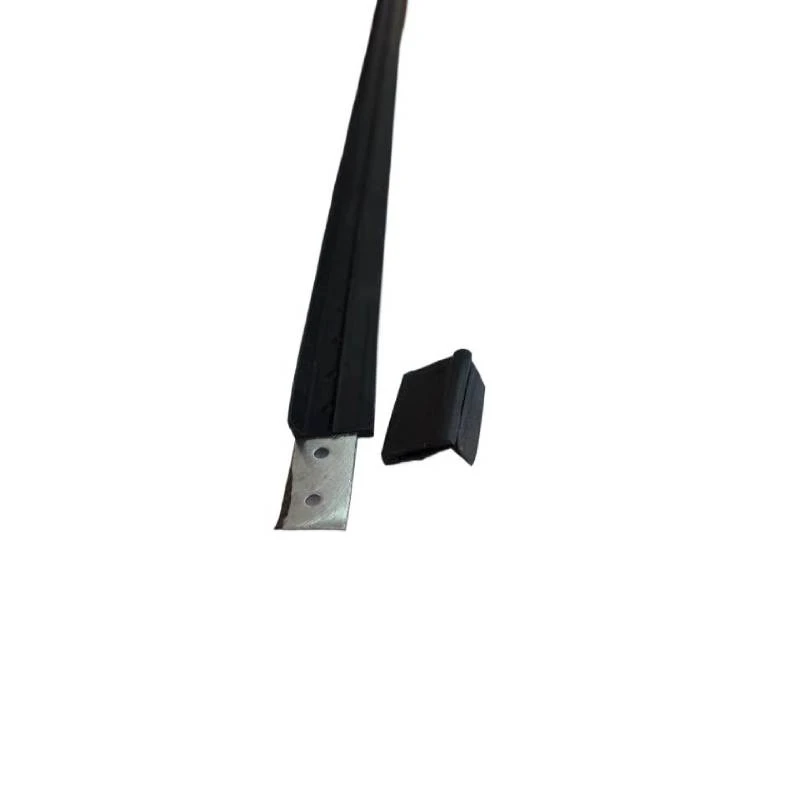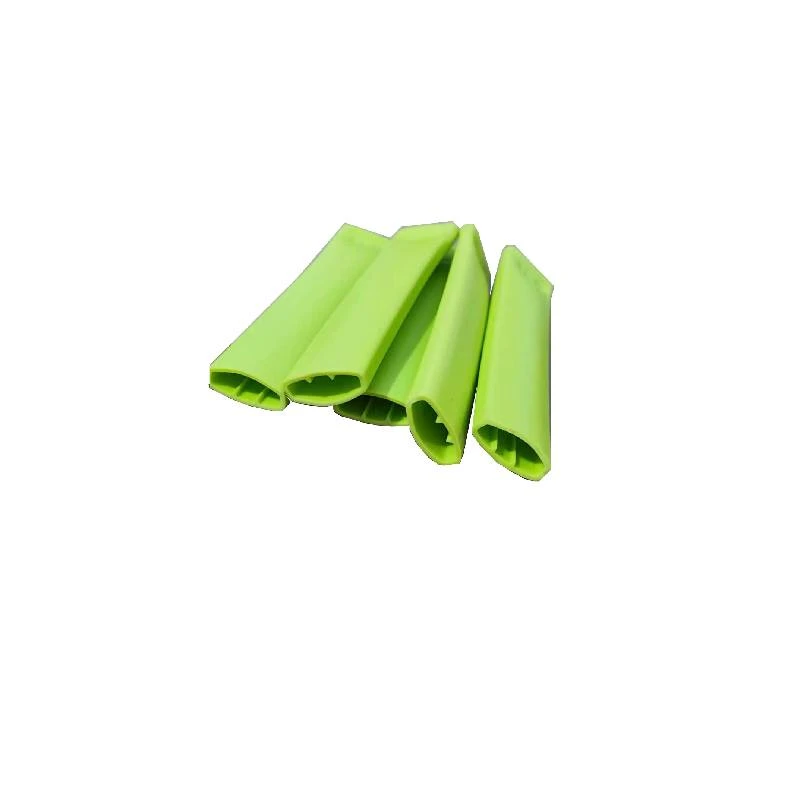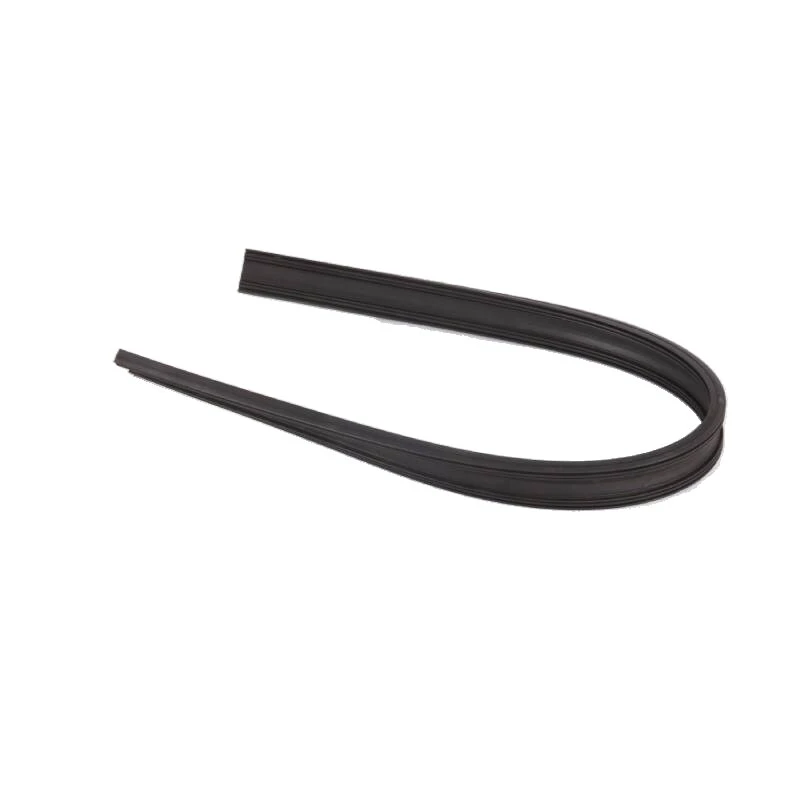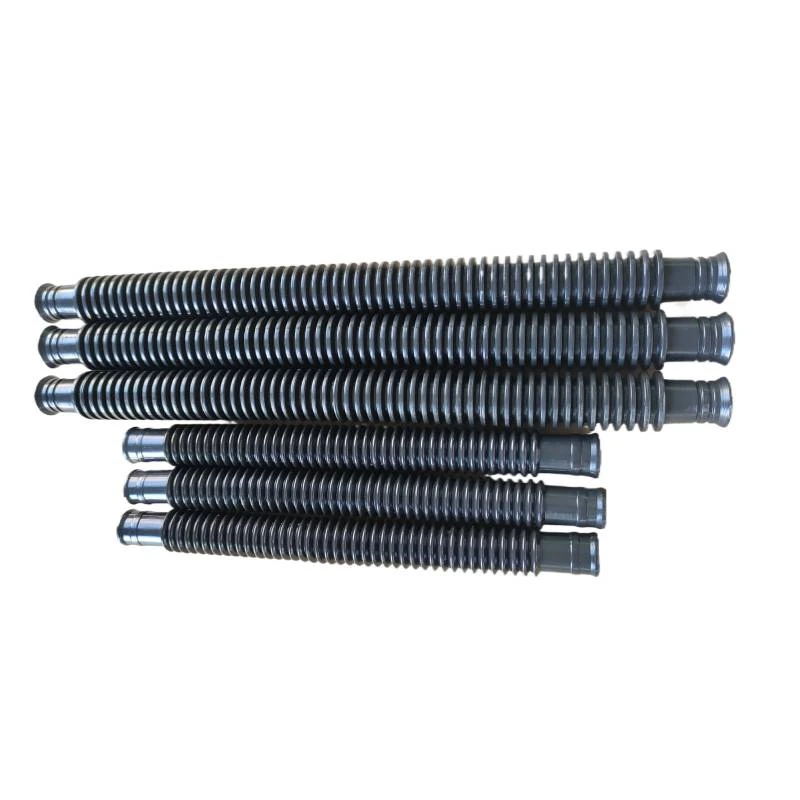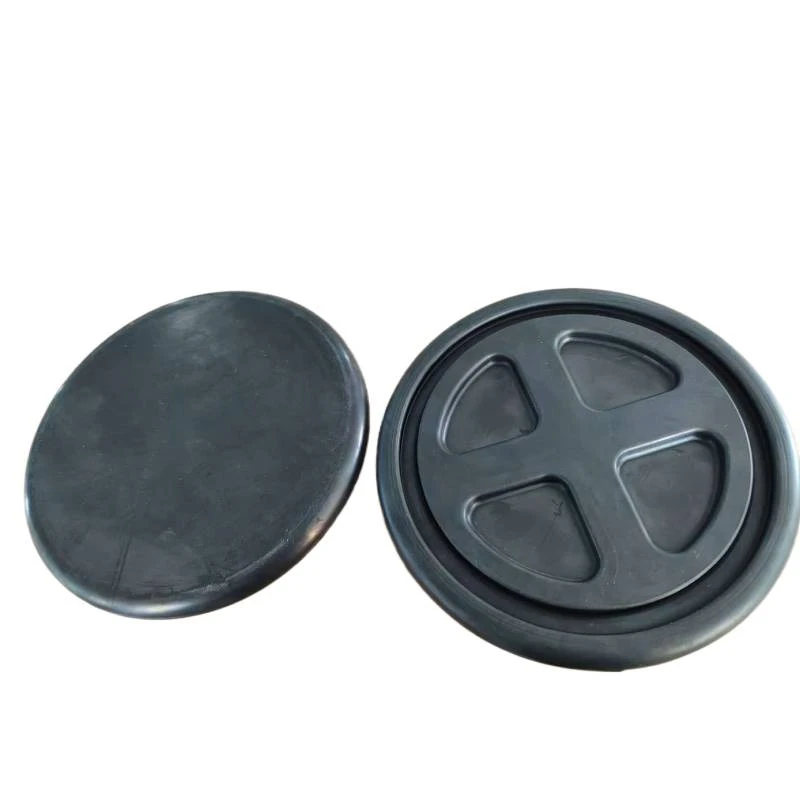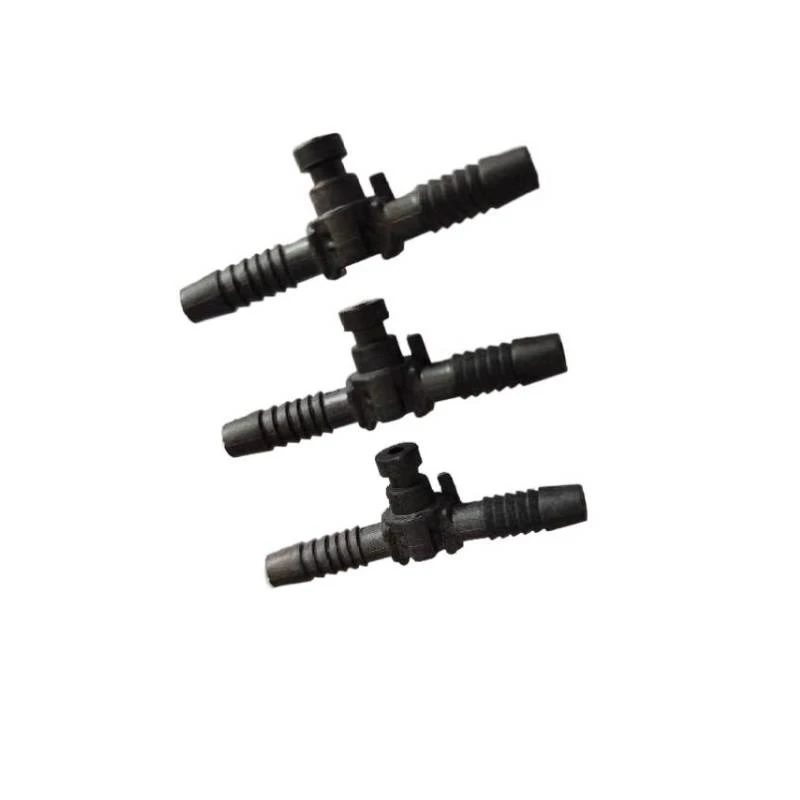
- Afrikaans
- Albanian
- Amharic
- Arabic
- Armenian
- Azerbaijani
- Basque
- Belarusian
- Bengali
- Bosnian
- Bulgarian
- Catalan
- Cebuano
- chinese_simplified
- chinese_traditional
- Corsican
- Croatian
- Czech
- Danish
- Dutch
- English
- Esperanto
- Estonian
- Finnish
- French
- Frisian
- Galician
- Georgian
- German
- Greek
- Gujarati
- haitian_creole
- hausa
- hawaiian
- Hebrew
- Hindi
- Miao
- Hungarian
- Icelandic
- igbo
- Indonesian
- irish
- Italian
- Japanese
- Javanese
- Kannada
- kazakh
- Khmer
- Rwandese
- Korean
- Kurdish
- Kyrgyz
- Lao
- Latin
- Latvian
- Lithuanian
- Luxembourgish
- Macedonian
- Malgashi
- Malay
- Malayalam
- Maltese
- Maori
- Marathi
- Mongolian
- Myanmar
- Nepali
- Norwegian
- Norwegian
- Occitan
- Pashto
- Persian
- Polish
- Portuguese
- Punjabi
- Romanian
- Russian
- Samoan
- scottish-gaelic
- Serbian
- Sesotho
- Shona
- Sindhi
- Sinhala
- Slovak
- Slovenian
- Somali
- Spanish
- Sundanese
- Swahili
- Swedish
- Tagalog
- Tajik
- Tamil
- Tatar
- Telugu
- Thai
- Turkish
- Turkmen
- Ukrainian
- Urdu
- Uighur
- Uzbek
- Vietnamese
- Welsh
- Bantu
- Yiddish
- Yoruba
- Zulu
High-Quality Rubber Hose Pipe for Compressed Air Durable Rubber Air Hose Pipe Air Compressor Air Filter Assembly
- Introduction: Understanding the Significance of rubber hose pipe for compressed air
- Technical Superiority and Material Science
- Manufacturer Comparison: Selecting the Right Supplier
- Custom Solutions for Diverse Industrial Environments
- Integration with air compressor air filter assembly
- Real-World Application Cases: Success Stories with rubber air hose pipe
- Conclusion: The Future Outlook for rubber hose pipe for compressed air
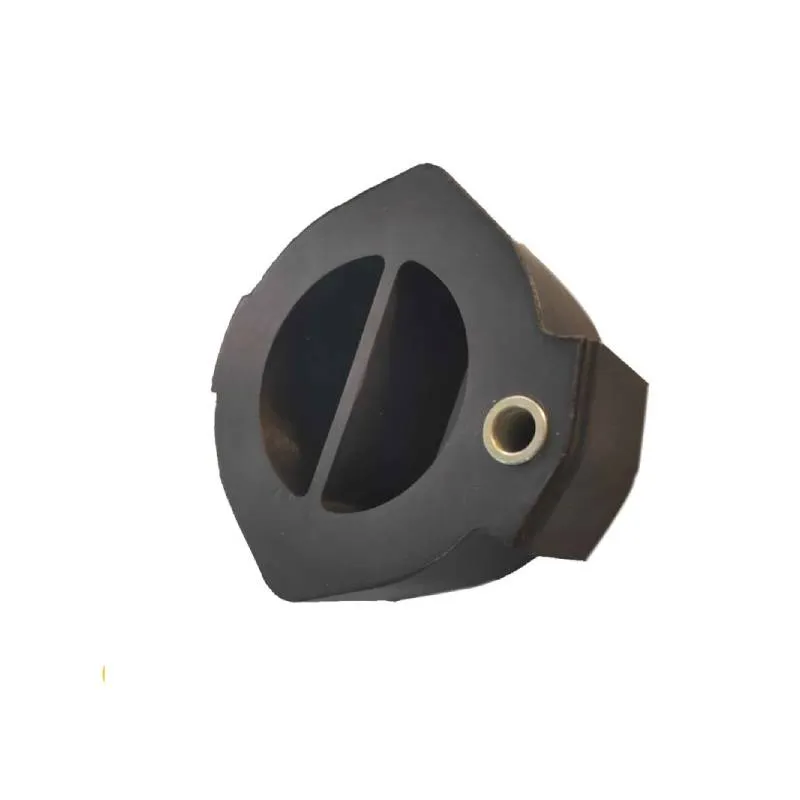
(rubber hose pipe for compressed air)
Understanding the Significance of rubber hose pipe for compressed air
The rubber hose pipe for compressed air is an indispensable component within the infrastructure of modern industries, offering flexibility, high tensile strength, and resistance to extreme temperatures and pressures. In the air delivery and pneumatic sector, almost 80% of equipment failures relate to suboptimal air transfer, often caused by inferior hoses. Industrial facilities, from automotive plants to textile mills, rely upon seamless, safe, and efficient air transfer. Studies show that a high-quality rubber hose can improve air system energy efficiency by up to 18%, compared to conventional PVC or vinyl options.
These hoses must comply with rigorous international standards—such as ISO 2398 and BS EN ISO 5774—to guarantee operational safety and longevity. The strategic selection of the correct hose, specifically engineered for compressed air, is imperative. This initial investment yields measurable gains in productivity, reduces unscheduled downtime, and cuts maintenance costs. Recent industry reports indicate a global market CAGR exceeding 6.5% for industrial rubber hoses, highlighting the growing recognition of their value among operators worldwide.
Technical Superiority and Material Science
Rubber hoses designed for compressed air applications exhibit cutting-edge material science advancements. Unlike generic tubing, their multi-layered construction ensures superior burst pressures, flexibility, and abrasion resistance. The inner lining typically comprises high-grade synthetic rubber such as NBR (Nitrile Butadiene Rubber), delivering enhanced compatibility with oils and compressed air at varying pressures. External sheathing utilizes SBR (Styrene Butadiene Rubber) or EPDM (Ethylene Propylene Diene Monomer), materials proven to resist ozone, sunlight, and corrosive atmospheric agents.
Key performance metrics include:
- Burst pressure ratings up to 360 psi (25 bar) for heavy-duty industrial lines
- Temperature tolerance from -40°C to +90°C
- Abrasion rates improved by more than 35% compared to standard hoses
- Flexural modulus optimization for superior bend radius without kinking
Manufacturer Comparison: Selecting the Right Supplier
Choosing a reliable manufacturer for rubber air hose pipe is pivotal to ensuring both performance and cost-effectiveness. Global leaders differentiate themselves by regulatory compliance, quality assurance, innovation, and after-sales support. To illustrate these differences, the table below provides a comparative analysis of key suppliers:
| Supplier | Certifications | Burst Pressure (psi) | Temperature Range (°C) | Customization | Warranty |
|---|---|---|---|---|---|
| ContiTech | ISO 2398, REACH | 300 | -35 to 80 | Yes | 3 years |
| Gates Corporation | BS EN ISO 5774 | 320 | -30 to 85 | Limited | 2 years |
| Parker Hannifin | ISO 9001 | 290 | -40 to 90 | Yes | 2 years |
| Goodyear | ISO 2398 | 285 | -20 to 65 | No | 1 year |
When selecting a supplier, consider not only the technical data but also support structure, availability of tailored solutions, and ease of integration with your existing systems. Analyze feedback and case studies from users in your sector for insights on operational performance and long-term value.
Custom Solutions for Diverse Industrial Environments
Industrial operations present unique challenges that off-the-shelf solutions may not address. Customization in rubber hose pipe for compressed air involves specific diameter selection, length optimization, fitting compatibility, color-coding for designated purposes, and branding for traceability. Firms working in hazardous zones, such as paint shops or chemical processing units, require anti-static or flame-retardant hoses.
For instance, manufacturers can produce hoses with reinforced chemical resistance for environments subject to solvent exposure, or integrate quick-connect couplings for accelerated assembly-line maintenance. Other potential customizations include:
- UV-resistant outer skins for outdoor applications
- Antimicrobial inner coatings for food and pharmaceutical sectors
- Double-braided reinforcement for mining or oil & gas extraction
- Spiral-structured hoses for compact retraction in automated systems
Integration with air compressor air filter assembly
Efficient pneumatic systems demand precise integration of rubber air hose pipe with air compressor air filter assembly units. The filtration stage is pivotal in preventing contaminants, such as oil aerosol, water vapor, and particulate matter, from compromising hose integrity and downstream pneumatic tools.
Recent studies reveal that inline filters, when properly paired with compatible hoses, can extend system life by up to 27% while reducing maintenance intervals by almost 50%. Key compatibility factors include:
- Internal diameter match to minimize pressure drop
- Connection fitting compatibility (BSP, NPT, custom flanges)
- Resilience to pressure pulsing during compressor start-up or shutdown
Real-World Application Cases: Success Stories with rubber air hose pipe
Several industry-leading operations have realized substantial improvements with the right choice of rubber hose pipe for compressed air. Consider the following application examples:
- Automotive Assembly Plant: A German automaker switched to synthetic rubber hose pipes, reporting a 33% reduction in leak incidents and elimination of compressed air loss along extended lines. This translated to an annual energy saving of over $27,000.
- Textile Mill: In India, integrating UV-resistant reinforced hoses minimized downtime during harsh summer months. Maintenance-related outages dropped from 18 per year to just 5, boosting productivity by 14.2%.
-
Pharmaceutical Packaging Line: FDA-compliant, antimicrobial hoses provided sterility and reliability, leading to a zero hose-failure rate over a period of 32 months.
- Mining Operations: In South Africa, replacing PVC hoses with double-braided rubber hose pipes lowered replacement costs by 40% and improved operational safety in abrasive, high-dust environments.
Conclusion: The Future Outlook for rubber hose pipe for compressed air
The accelerating pace of industrial automation, paired with escalating safety and efficiency demands, places the rubber hose pipe for compressed air at the forefront of pneumatic system evolution. As materials and engineering processes advance, future generations of hoses are anticipated to offer even higher performance—incorporating IoT-enabled diagnostics, smart leak detection, and adaptive reinforcement technologies. With sustainability as a rising priority, manufacturers are investing in recyclable materials and energy-saving hose solutions.
In conclusion, investing in a high-grade rubber hose pipe for compressed air—matched to industry needs and integrated thoughtfully with filtration systems—yields substantive benefits, from greater operational uptime to measurable cost reductions and environmental gains. Industries leveraging these technical advancements position themselves for enhanced reliability, safety, and productivity in the years ahead.

(rubber hose pipe for compressed air)
FAQS on rubber hose pipe for compressed air
Q: What is a rubber hose pipe for compressed air used for?
A: A rubber hose pipe for compressed air safely delivers pressurized air from compressors to tools or equipment. It ensures flexibility and durability in various industrial and workshop settings. This makes it essential for pneumatic applications.Q: Can I use a rubber air hose pipe with any air compressor?
A: Yes, most rubber air hose pipes are universal and can connect to standard air compressors. However, ensure the hose's pressure rating and fitting size match your compressor specifications. Always check compatibility before use.Q: Why is an air compressor air filter assembly important?
A: An air compressor air filter assembly removes dust, moisture, and contaminants from the compressed air. This protects tools and ensures higher air quality output. Using a filter extends equipment lifespan and improves performance.Q: How do I maintain my rubber hose pipe for compressed air?
A: Regularly inspect for cracks, leaks, or wear in the hose. Store it in a cool, dry place and avoid kinks or sharp bends. Proper maintenance ensures safety and extends hose life.Q: What pressure can a typical rubber hose pipe for compressed air handle?
A: Most rubber air hose pipes can handle pressures between 150 and 300 PSI, depending on the model. Always check the manufacturer's specifications for exact ratings. Using the correct hose prevents accidents and equipment damage.-
Types of PVC Pipe Fittings for Water Supply Elbows Tees and CrossesNewsJul.18,2025
-
Stainless Steel Metal Washer Types: Corrosion Resistance RatingsNewsJul.18,2025
-
Rubber Parts Manufacturers Vulcanization Process OptimizationNewsJul.18,2025
-
Plastic Part Injection Molding Cycle Time OptimizationNewsJul.18,2025
-
Metal Parts Manufacturer Custom CNC Machining for Precision FittingsNewsJul.18,2025
-
Custom Aluminum Parts Design Considerations for Heat DissipationNewsJul.18,2025
-
Key Features of High - Quality Rubber BushNewsJul.04,2025



